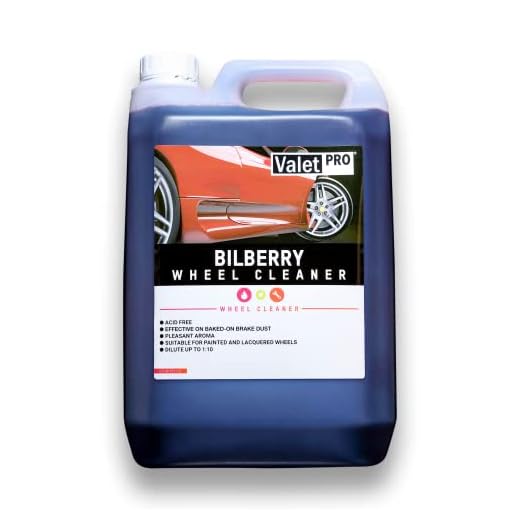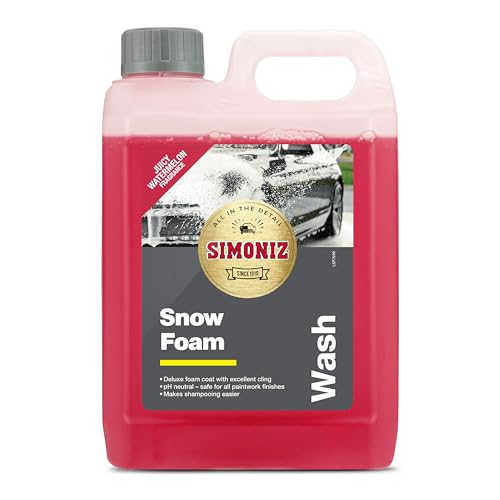


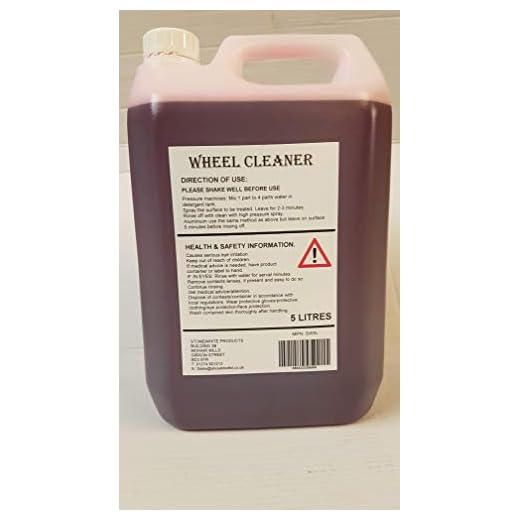
As a rule of thumb, using a high-pressure cleaning device on alloy wheels is acceptable, provided specific precautions are followed. The key considerations include the distance maintained between the nozzle and the surface, as well as the pressure setting utilised.
Firstly, I recommend keeping a safe distance of at least 30 centimetres to prevent any potential damage caused by concentrated water jets. Additionally, adjust the pressure setting to a lower level to reduce the risk of harming the delicate finish of the alloy. A setting around 100 to 130 bar is typically ideal for this purpose.
Always pay attention to the manufacturer’s guidelines for both the cleaning equipment and the alloy wheels. Some treatments or coatings may be more vulnerable to high pressure, meaning they could chip or strip away if exposed to undue force. Thoroughly rinsing the wheels post-cleaning ensures that any debris is washed away without causing corrosion.
Understanding Alloy Materials and Their Durability
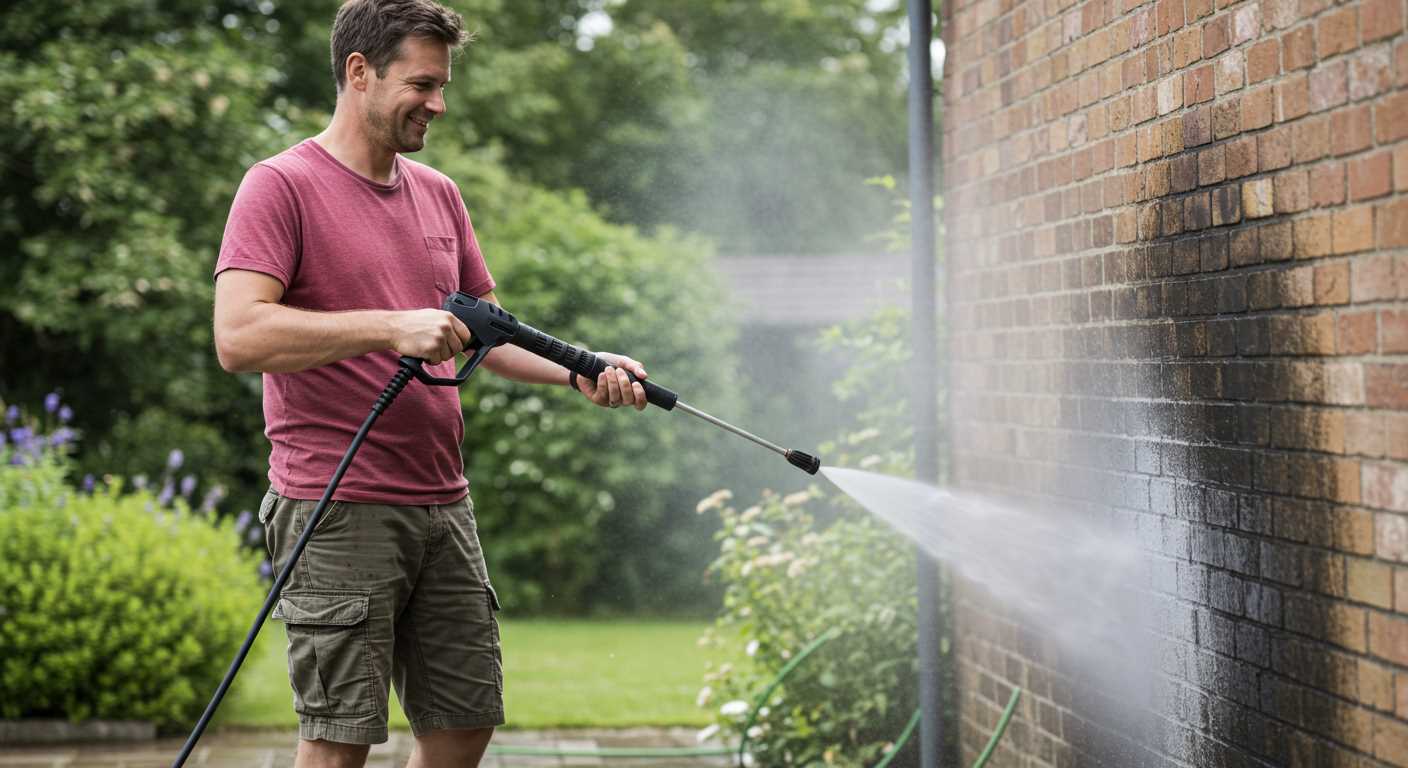
Alloys vary in composition and resilience, which influences their suitability for different applications. Knowing the specific characteristics of various alloy types plays a key role in maintaining their appearance and structural integrity.
Common Alloy Types
.jpg)
- Aluminium Alloys: Known for their lightweight yet robust nature, aluminium compositions often resist corrosion. However, high-pressure techniques can compromise the surface finish.
- Stainless Steel Alloys: These are durable and possess excellent corrosion resistance. Opting for a gentle cleaning method is advisable, especially for decorative finishes.
- Magnesium Alloys: Lightweight and strong, magnesium variants can be sensitive to harsh treatments. Mild washing techniques help preserve their integrity.
Factors Affecting Durability
- Surface Treatment: Coated or anodised layers provide added protection. High-velocity streams can strip these coatings, leading to long-term damage.
- Environmental Conditions: Alloys exposed to harsh elements may require frequent maintenance. Using gentle cleaning methods helps mitigate wear.
- Alloy Composition: The makeup determines resistance levels. Knowledge of the specific alloy’s properties allows for more effective care practices.
In my experience, understanding these materials significantly improves maintenance routines. Employing careful strategies ensures longevity and retains aesthetic appeal across various alloy forms.
Recommended Pressure Settings for Alloy Surfaces
For optimal results on alloy surfaces, I recommend maintaining a pressure setting between 1200 to 1800 PSI. This range effectively removes dirt and grime without risking damage to the material.
Adjustment Based on Surface Condition
If the surface is heavily soiled or stained, slightly increasing the pressure, up to 2000 PSI, may be acceptable. However, it is essential to test a small, inconspicuous area first to ensure no adverse effects occur.
Distance and Technique
Maintaining a distance of at least 12 to 18 inches from the surface is crucial. This distance reduces the risk of etching or leaving marks. Use a sweeping motion while cleaning to promote even coverage and prevent focused pressure that could potentially harm the alloy.
Common Risks of Using High-Pressure Cleaners on Alloy Materials
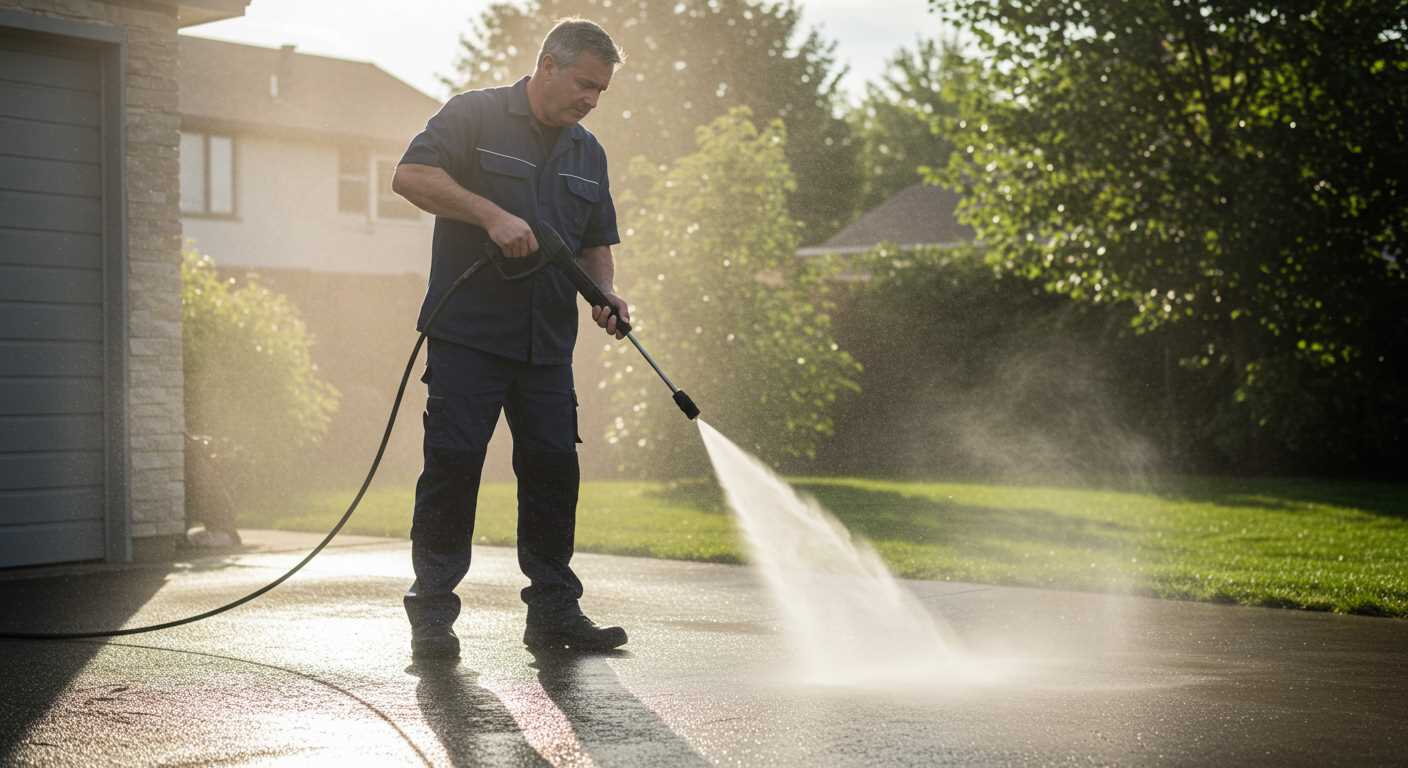
High-pressure cleaning on metal composites carries several risks that can lead to lasting damage. It’s crucial to identify these potential hazards before starting any cleaning task. Damage to the surface’s integrity, stripping off protective coatings, and creating unseen defects are prominent concerns.
Surface Damage and Corrosion
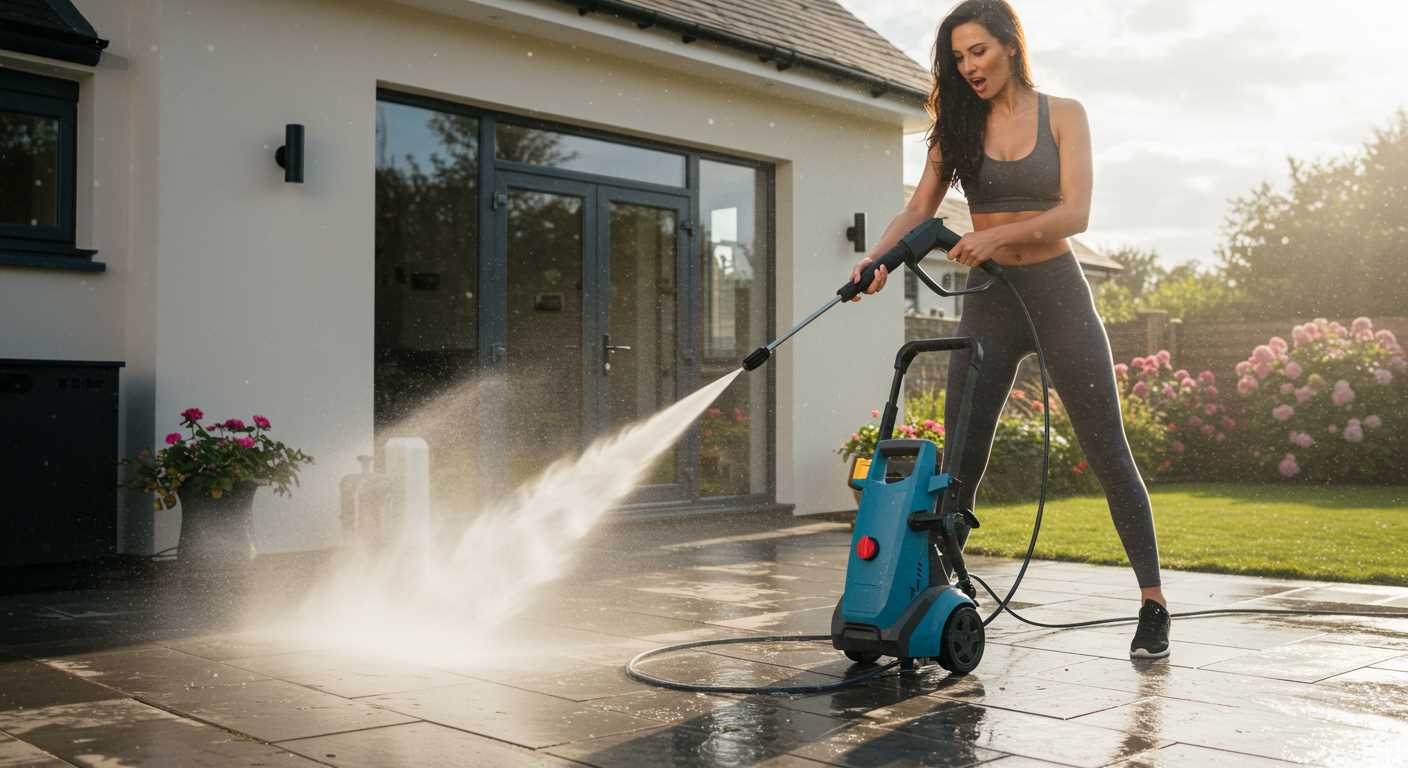
Alloys often feature a layered structure that can be compromised by intense force. High-velocity jets may erode the surface, leading to pitting or loss of finish. Additionally, the removal of protective layers exposes the metal to moisture, fostering corrosion. Regular checks for surface integrity after cleaning are advisable.
Joint and Seal Weaknesses
Connections between different materials, such as welds or fasteners, may weaken. Water ingress from vigorous cleaning can undermine these joints, leading to future structural failures. It’s wise to inspect these areas before and after cleaning to ensure no damage has occurred. Below is a summary of key risks:
| Risk | Consequence |
|---|---|
| Surface Erosion | Pitting and loss of finish |
| Corrosion | Metal deterioration |
| Joint Weakening | Potential structural failure |
| Coating Removal | Increased susceptibility to environmental damage |
Taking precautions, such as using lower water pressures and applying safe techniques, can help mitigate these risks significantly. Always ensure thorough inspections follow any cleaning to maintain the longevity of the surface.
Best Practices for Pressure Washing Alloy Wheels
Always start with rinsing the wheels to remove loose dirt and debris. Prior to applying any cleaning solutions, this step significantly reduces the risk of scratching surfaces during the washing process.
Select a non-corrosive detergent specifically formulated for wheel care. Mix it according to the instructions to ensure it effectively breaks down grime without causing damage.
Maintain a distance of at least 18 inches between the nozzle and the wheel. This prevents direct force that could harm the delicate finish. A wider spray pattern is recommended to disperse water evenly over the surface.
Utilise a fan nozzle or a gentle spray to minimise the impact on the wheel. This method helps in cleaning without subjecting the surface to concentrated pressure.
For stubborn contaminants, allow the cleaning solution to sit for a few minutes. This extra time aids in loosening dirt and brake dust without the need for excessive force.
Employ a soft brush or sponge after applying the cleaner for more thorough results. This approach maintains the integrity of the surface while ensuring all grime is effectively removed.
Rinse thoroughly, ensuring all detergent is washed away to avoid any residue that might lead to corrosion over time. Focus on the spaces within the wheel design where dirt tends to accumulate.
Always dry the wheels using a microfiber cloth to prevent water spots. This final touch not only enhances appearance but also protects the finish from potential water-related damage.
Regular maintenance is key to preserving the integrity of your wheels. Consider implementing this methodical approach every few weeks, allowing the surfaces to remain in excellent condition.
Alternative Cleaning Methods for Alloy Surfaces
For maintaining alloy surfaces, consider methods such as gentle hand washing, which doesn’t compromise the material integrity. Combine warm water with a mild detergent to effectively remove grime. A soft sponge or microfiber cloth works well, preventing scratches while ensuring a thorough clean.
An additional approach is the use of a foam cannon, which can apply cleaning solution without excessive force. This method allows for even coverage and reduces the risk of damage.
If required, steam cleaning can also be employed. This method utilises high-temperature steam to dislodge dirt and contaminants, making it safe for sensitive materials while achieving impressive results.
For stubborn stains, a clay bar treatment can be beneficial. This technique captures embedded particles, ensuring a smooth surface after cleaning.
When considering chemical cleaners, opt for those designed specifically for the type of surface in question. Following manufacturer guidelines ensures compatibility and effectiveness.
Finally, adopting a regular maintenance routine with quick clean-ups can prevent the accumulation of dirt, promoting longevity and retaining the aesthetic appeal of your alloy finishes.
When to Seek Professional Cleaning Services for Alloys
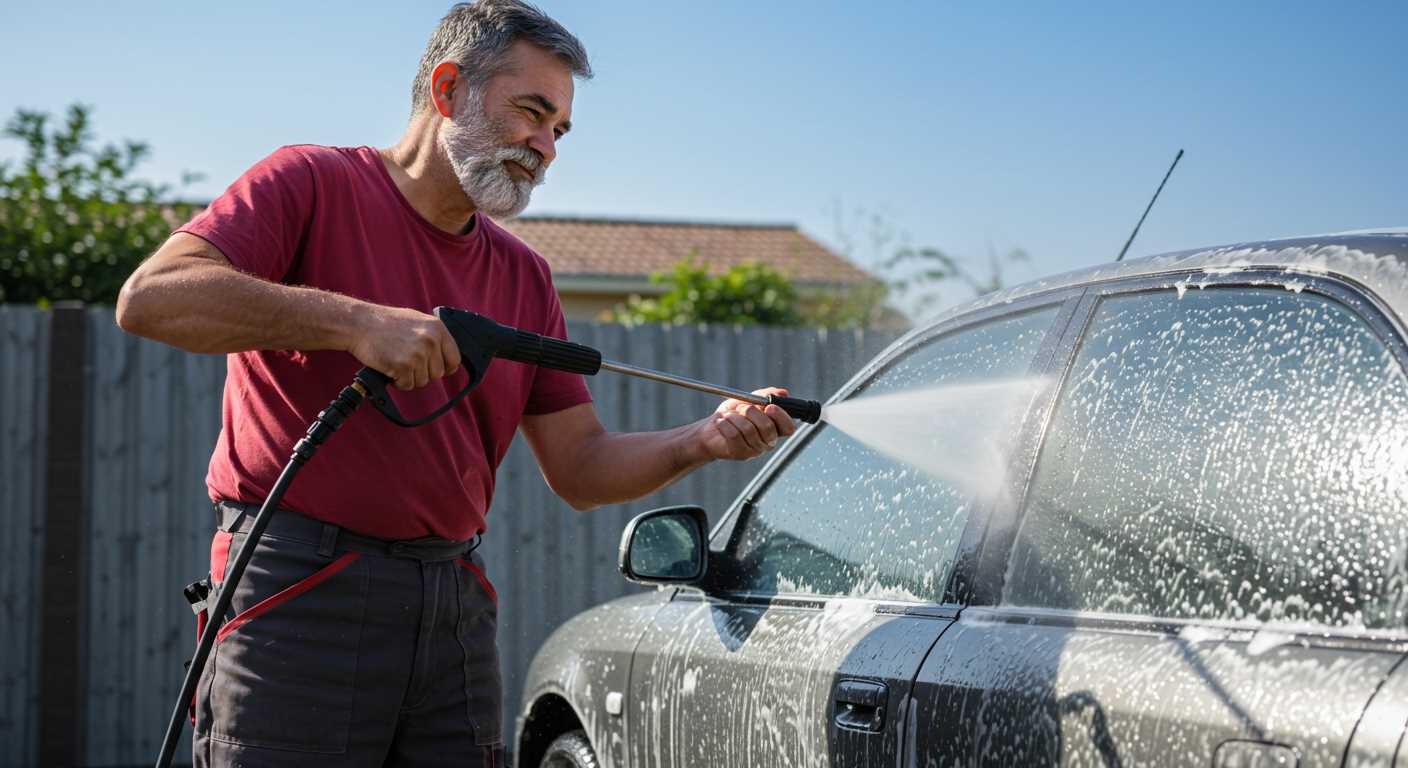
Opt for expert cleaning services if extensive damage or heavy corrosion is present. Trained professionals can assess the state, ensuring appropriate techniques are employed that won’t compromise the material’s integrity.
If intricate designs or hard-to-reach areas are involved, specialists have the tools and knowledge to navigate these complexities. Rely on their expertise to maintain the aesthetics and functionality of your components.
In cases of stubborn contaminants, such as brake dust or road tar, commercial-grade cleaners might be necessary. Professionals can utilise advanced solutions that are effective yet safe for sensitive finishes.
When significant time or effort is required to restore your items, outsourcing the task allows for thorough cleaning without personal strain. Their ability to deliver quicker and more reliable results can be advantageous.
If uncertainty arises regarding DIY techniques or cleaning agents, seeking guidance from professionals can prevent costly mistakes. They can help identify suitable products that align with the specific alloy type.
Remember, it’s more than just appearances; maintaining proper care directly impacts longevity. When unsure, consulting an expert can provide peace of mind and ensure your alloys are treated correctly.


